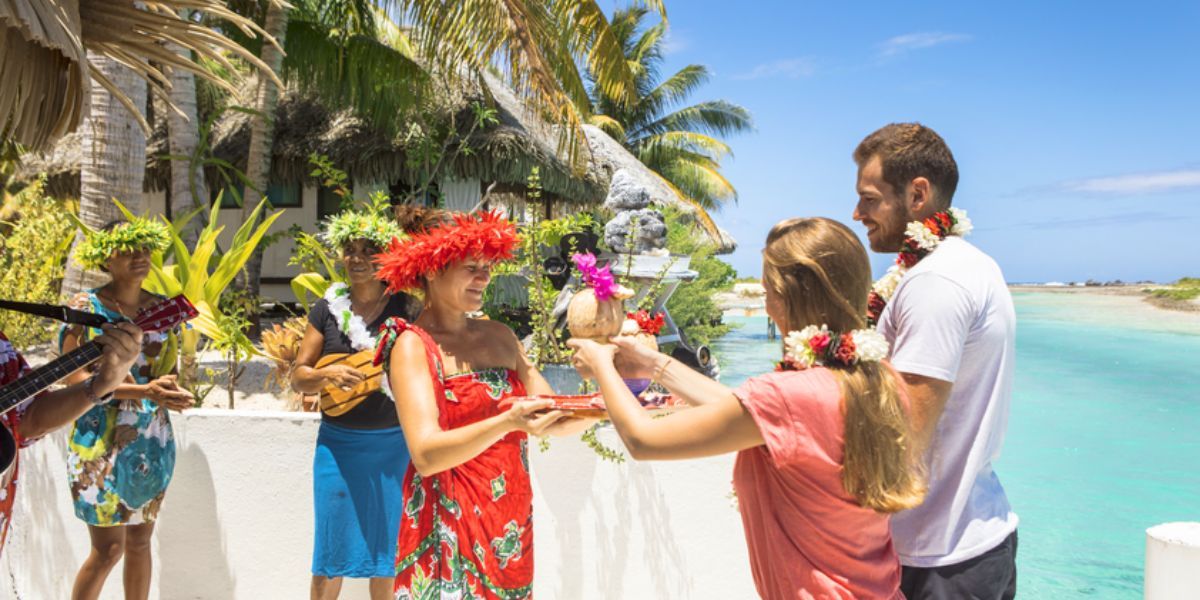Luxury holidays direct - Subscribe to our news letter
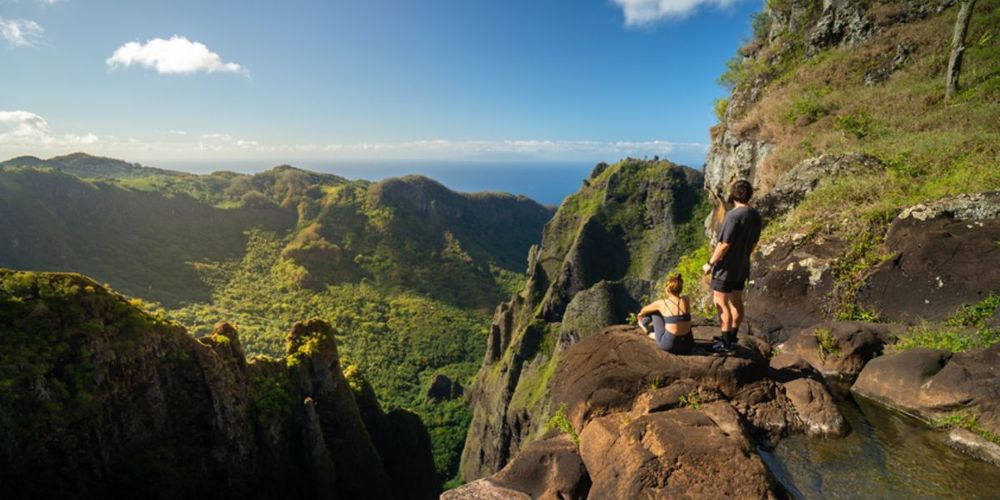
Top Things to Do in French Polynesia: Adventures on Land and Sea
On the Water: Turquoise Lagoons and Nautical Adventures
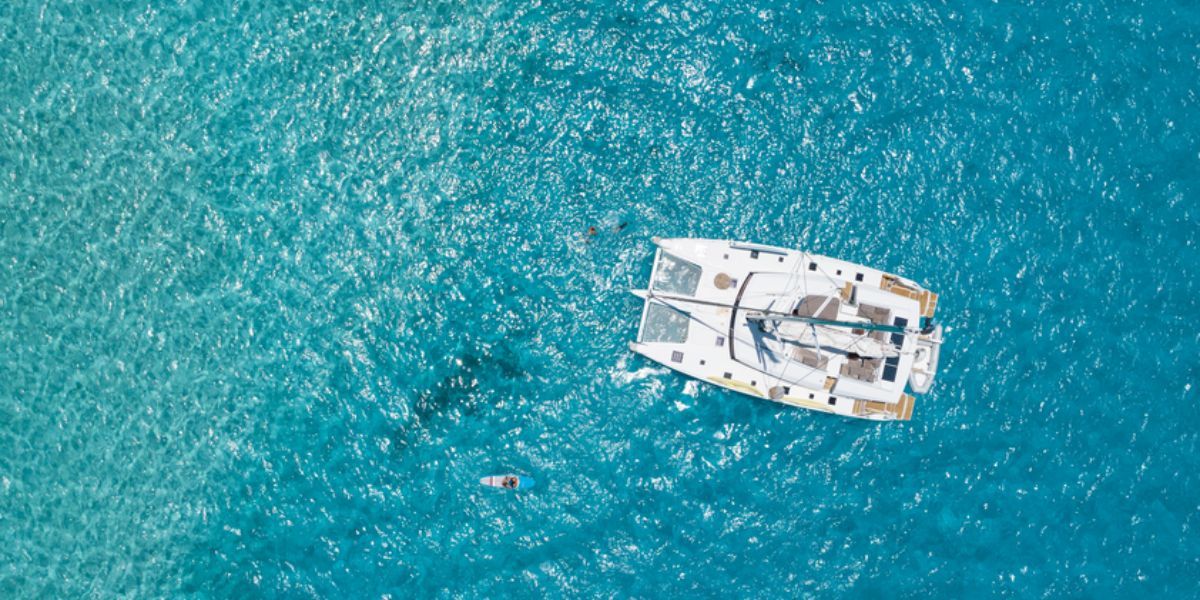
On the Land: Mountains, Valleys and Adventure
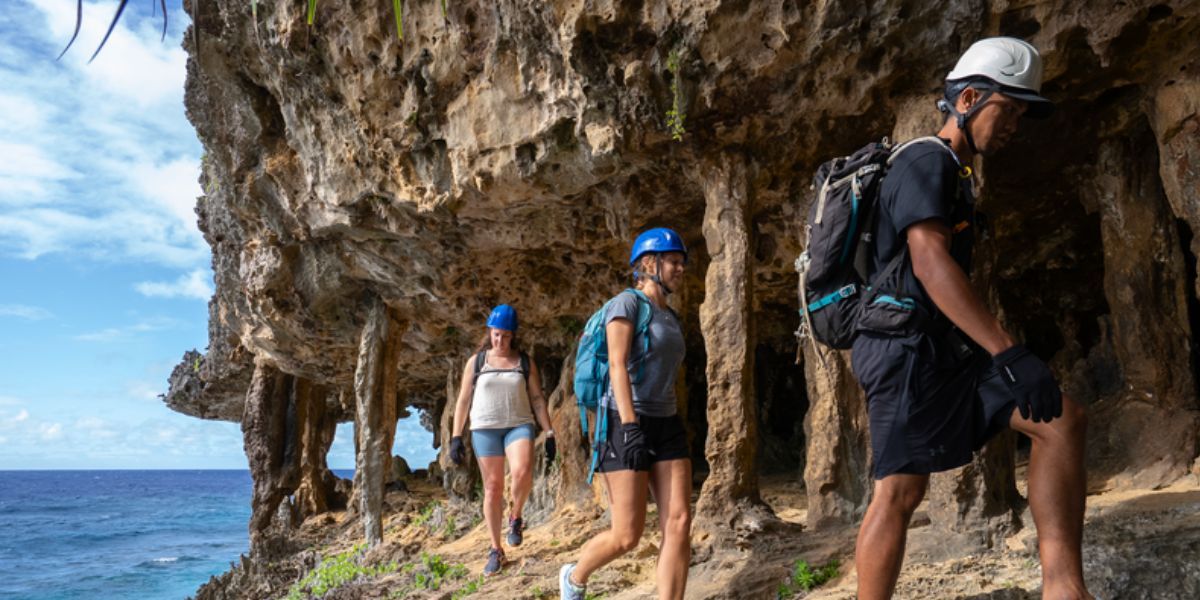
Cultural Discoveries: Heritage and Everyday Life
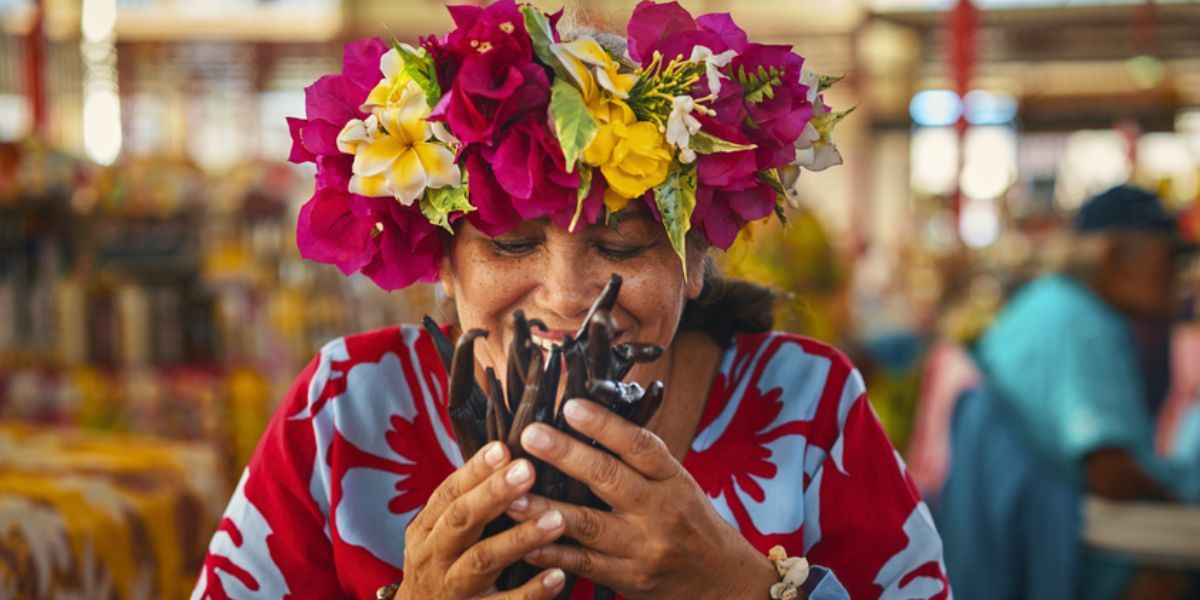
Relaxation and Wellness: Polynesian Traditions of Care
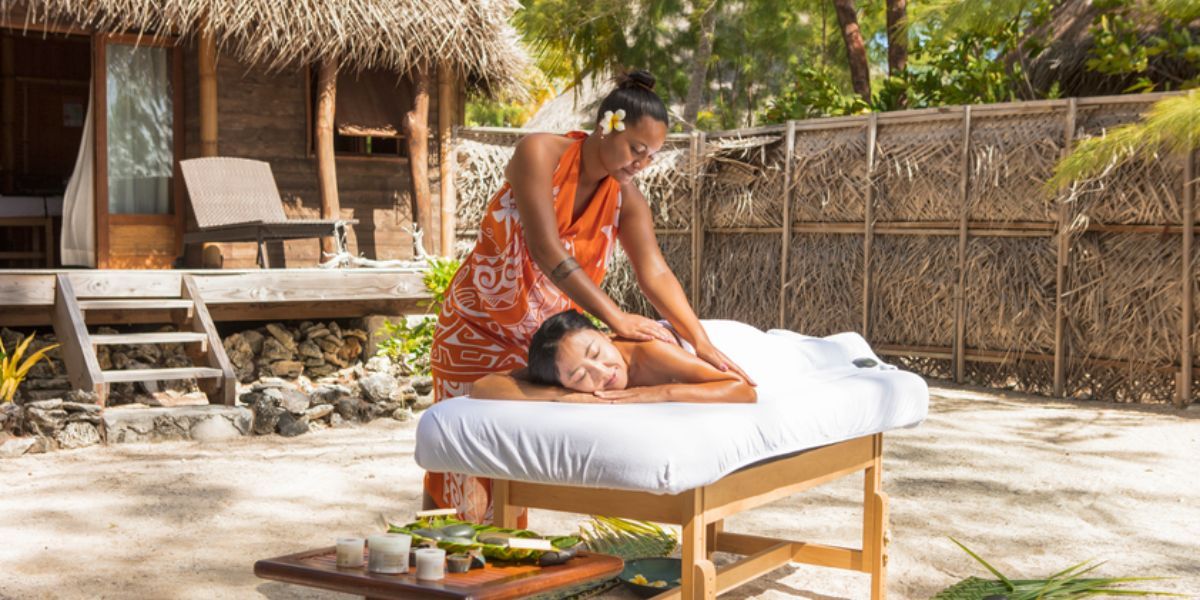
Practical Tips for Activities
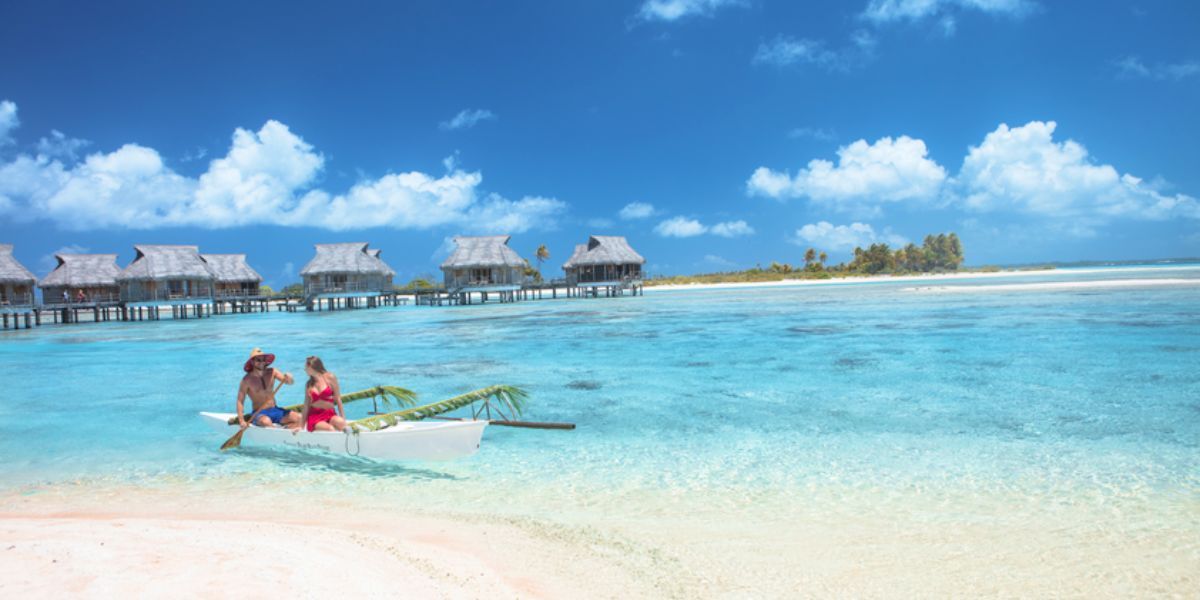
- Best season: The dry season from May to October is best for most outdoor activities, while July to November is the peak time for whale watching.
- Bookings: Many excursions can be arranged through hotels, but independent operators often provide smaller groups and more flexible itineraries.
- Equipment: Reef-safe sunscreen, lightweight clothing, and sturdy shoes for hiking are essentials. Most watersport equipment is available on site.
- Sustainability: Respect cultural traditions, support local businesses, and avoid touching or standing on coral to help preserve the fragile marine environment.
Final Thoughts
